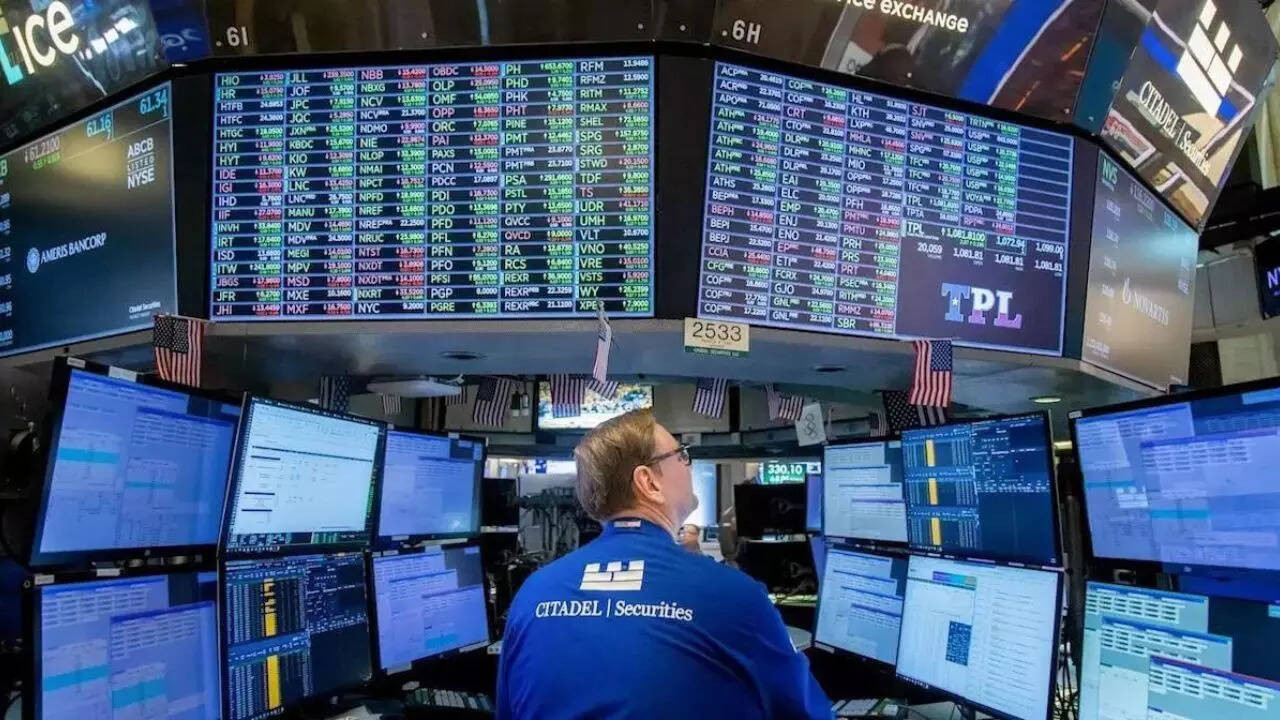Despite escalating Middle East tensions and rising crude prices, experts believe oil supply through the Strait of Hormuz will likely remain unaffected. While India has diversified its oil sources, any disruption could still inflate global prices.
Riding the Oil Waves: India’s Energy Security in a Shifting World
The Strait of Hormuz. Just the name conjures images of geopolitical tension, towering tankers, and the precarious dance of global energy supply. For India, a nation heavily reliant on imported crude oil, it’s a waterway of vital importance. Recent rumblings in the region have naturally sparked concerns about potential disruptions and price hikes. But is India’s energy security truly at risk? Or is the real challenge something else entirely?
While the potential for supply disruptions always exists in such a volatile area, the immediate focus for India might be less about the flow and more about the funds. India’s refineries are diversified and its procurement strategies have evolved significantly in recent years. The real pressure point? Navigating the ever-fluctuating global oil pricing landscape.
Why Pricing Matters More Than You Think
It’s easy to imagine a scenario where tankers are blocked, and supply grinds to a halt. The reality, however, is more nuanced. India has strategically diversified its sources of crude, reducing its dependence on any single region or supplier. Think of it like a diversified investment portfolio – spreading the risk protects against sudden losses.
Furthermore, India maintains strategic petroleum reserves – essentially a national oil stockpile – designed to cushion the blow from short-term supply shocks. These reserves, combined with proactive diplomacy and robust relationships with key oil-producing nations, provide a significant buffer against disruptions.
But even with these safeguards in place, India isn’t immune to the global oil market’s whims. And that’s where pricing comes in. Even if the oil continues to flow smoothly through the Strait, a sharp price spike can cripple the economy, impacting everything from transportation costs to inflation rates.
Navigating the Price Maze: India’s Strategies
India is employing a multi-pronged approach to manage oil pricing volatility. This includes:
* Diversification of sourcing: Actively seeking out new suppliers and strengthening relationships with existing partners to secure competitive prices. This means looking beyond traditional sources in the Middle East and exploring opportunities in regions like Africa and the Americas.
* Strategic purchasing: Utilizing market intelligence and sophisticated trading strategies to capitalize on price dips and secure long-term supply contracts. The goal is to minimize exposure to short-term price fluctuations.
* Promoting alternative energy sources: Investing heavily in renewable energy sources like solar and wind power to reduce reliance on imported crude oil in the long run. This strategy not only enhances energy security but also contributes to India’s commitment to sustainable development. 
* Boosting domestic production: Encouraging exploration and production of oil and natural gas within India to reduce import dependence. This includes incentivizing private sector participation and leveraging technological advancements to enhance extraction efficiency.
The Road Ahead: Challenges and Opportunities
The global energy landscape is constantly evolving, presenting both challenges and opportunities for India. While the Strait of Hormuz will remain a region of strategic importance, India’s focus is rightly shifting towards managing pricing risks and building a more resilient and diversified energy ecosystem.
Factors like global economic growth, geopolitical stability, and technological innovation will all play a crucial role in shaping the future of India’s energy security. By embracing a proactive and adaptable approach, India can navigate these uncertainties and ensure a stable and affordable energy supply for its growing economy. This could involve further investment in electric vehicles, a robust build-out of renewable energy infrastructure, and strategic partnerships to secure rare earth minerals necessary for energy storage.
Ultimately, India’s energy security isn’t just about access to oil; it’s about building a sustainable and resilient energy future.
Read more about India’s energy independence.
In Conclusion
While headlines might focus on potential disruptions in the Strait of Hormuz, India’s real energy challenge lies in managing volatile oil pricing. By diversifying supply sources, promoting alternative energy, and adopting strategic purchasing practices, India is working towards a future where its energy security is less vulnerable to global market fluctuations. This proactive approach will be crucial for sustaining economic growth and achieving long-term energy independence.







